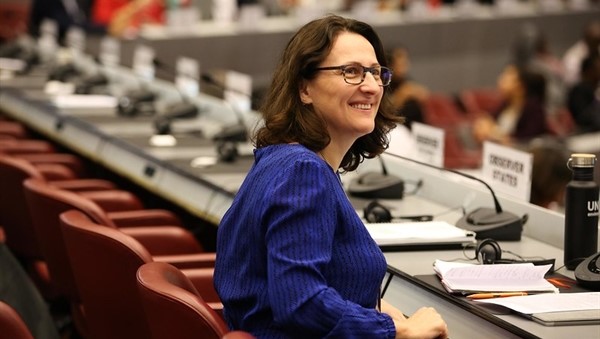The government of Spain deposited its instrument of ratification on Monday, December 13, 2021 to emerge the 137th Party to the Minamata Convention on Mercury.

Earlier, on December 7, Austria had ratified the Convention to become the 136th Party.
Currently, Africa has the highest number of countries to have ratified with 37 countries; Asia Pacific, 34; Western Europe and other group, 26; Latin America and Caribbean, 24; while Central & Eastern Europe had 16 countries that ratified the Convention.
The ratification brings the number of Parties to the Convention to 137 with 132 Focal Points and 89 Reporting rate. A statement on the Convention website reads, “The Secretariat looks forward to having Australia as a Party effective (90 days after the ratification, as stipulated by the text of the Convention) and working together to make mercury history.”
The Minamata Convention which entered into force on August 16, 2017 is the first global treaty that seeks to protect human health and the physical environment from mercury emissions and releases into the environment.
The Governing Council of the United Nations Environment Programme (UNEP) had in February 2009 adopted Decision 25/5 on the development of a global legally binding instrument on mercury.
However, following the conclusion of the negotiations at the fifth session of the Inter-governmental Negotiating Committee (INC5), the text was adopted and opened for signature at a Diplomatic Conference (Conference of Plenipotentiaries), held in Kumamoto, Japan from October 10 to 11, 2013, with a ceremonial opening in Minamata on October 9 same year.
Specifically, the objective of the Convention is to protect human health and the environment from anthropogenic emissions and releases of mercury and mercury compounds by measures: to control the supply and trade of mercury; to control mercury- added products and manufacturing processes including artisanal and small scale gold mining; on the environmentally sound interim storage of mercury and on mercury wastes on contaminated sites.
Since it became legally binding in 2017, all hands by governments, non-governmental organisations, development agencies, professionals and other stakeholders have been on the deck to develop policies, programmes and create awareness across the globe on the dangers of mercury to human and physical environment and to make mercury history.
The Convention on 16th celebrated four years of coming into force. The first phase of the fourth Conference of the Parties to the Convention (COP4) took place virtually from November 1 to 5, while the second phase, in-person will hold early 2022.
